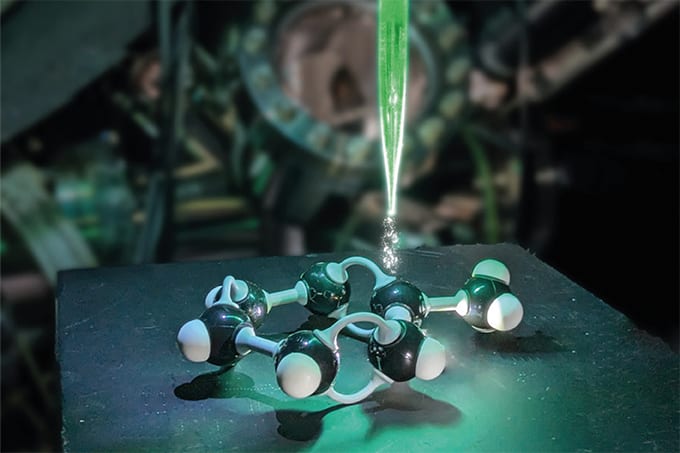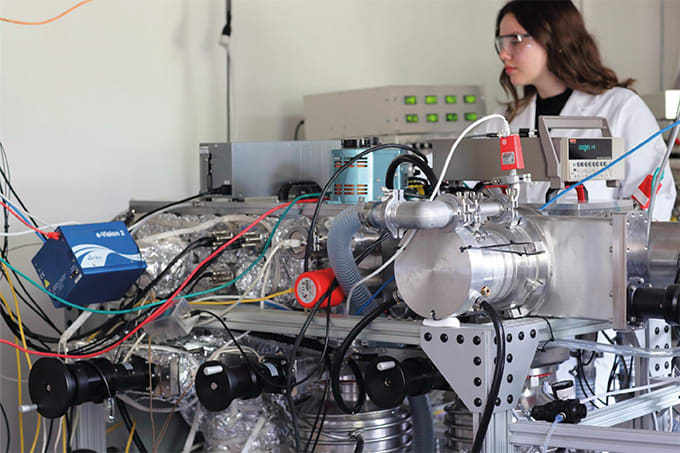
Researchers at the Keck School of Medicine of USC have developed a new analytical method to more precisely characterize CAR T cells during manufacturing. Using spectral flow cytometry and multiparametric analysis, the team profiled the phenotypic and functional evolution of CAR T cells during a five-day expansion period.
CAR T cell therapies involve genetically engineering a patient's T cells to express a chimeric antigen receptor (CAR), enabling the cells to recognize and kill tumor cells. However, the manufacturing process can introduce considerable variability in the final cell product. The researchers wanted to better understand how CAR T cells change during ex vivo expansion and how those changes might influence therapeutic outcomes.
“Just as every person has a fingerprint that identifies them, T cells also have fingerprints. By measuring the expression of markers on a cell’s surface, we can learn more about what distinguishes one CAR T cell therapy from another,” said senior study author Mohamed Abou-el-Enein.
The researchers observed that five-day expansion led to increased proportions of T cell subsets associated with central memory and stem cell memory phenotypes subsets – which are also thought to support more durable anti-tumor responses. At the same time, expression of proinflammatory cytokines and markers linked to effector differentiation and exhaustion were reduced, potentially indicating a more favorable therapeutic profile.
To conduct the analysis, the team developed a high-dimensional spectral flow cytometry panel encompassing over 30 surface and intracellular markers, enabling single-cell resolution of phenotypic and functional changes. The approach showed that CAR T cells maintain plasticity during the early phase of expansion, with key transcriptional regulators and cytokine profiles shifting significantly over time. The data also suggest that certain early differentiation states may be predictive of in vivo persistence and efficacy, offering potential markers for product optimization and quality control.
“This work fills a critical gap in our understanding of how manufacturing conditions shape the therapeutic potential of CAR T cells,” said Abou-el-Enein. “By pinpointing when CAR T cells acquire – or lose – functional fitness, we can now tailor the timing of cell manufacturing, which could have an immediate impact on clinical decision-making and patient outcomes.”
Abou-el-Enein suggests that this type of detailed immunophenotyping could be integrated into CAR T manufacturing protocols to guide product selection and release criteria, and to reduce batch-to-batch variability. The workflow may also support regulatory submissions by enhancing product characterization. More broadly, the study demonstrates how high-dimensional single-cell tools can be applied to advance the manufacturing science of engineered T cell therapies.




